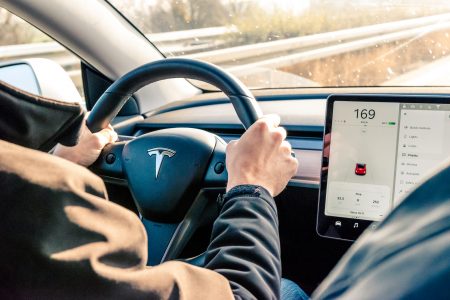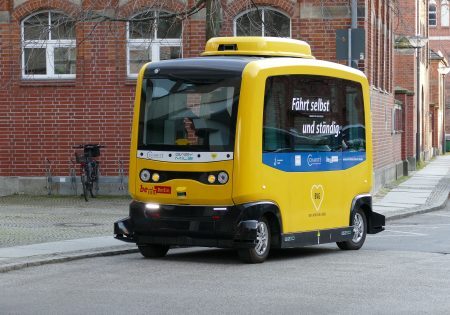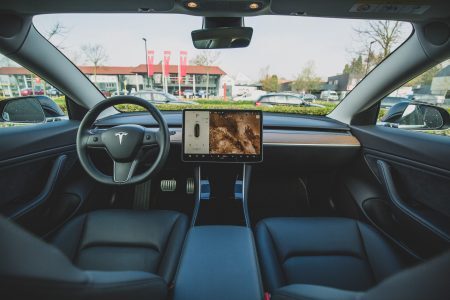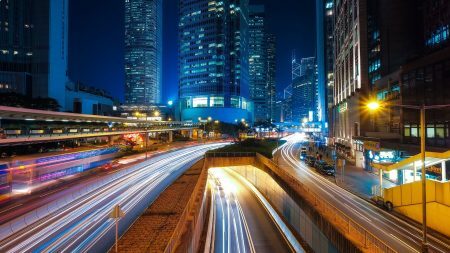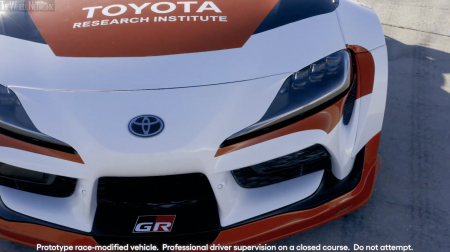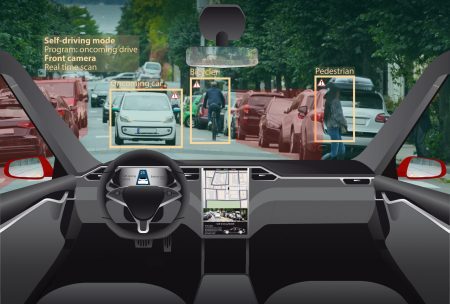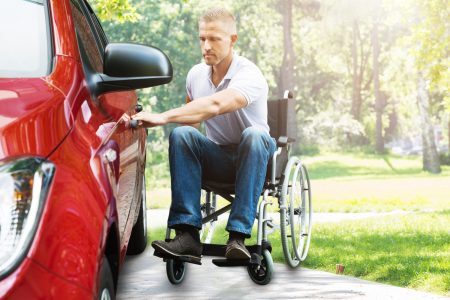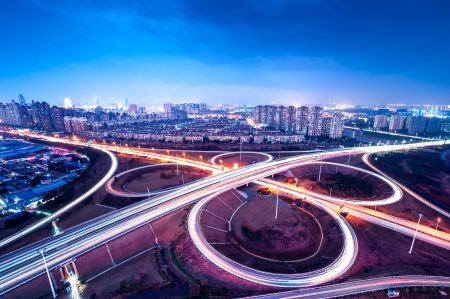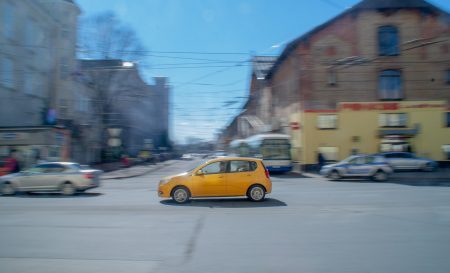Adaptive cruise control, lane change assistance, collision avoidance, blind spot monitoring, autopilots: These are just a few of the driver-assist features that are arriving…
Browsing: self-driving
Do you remember the time when self-driving cars were upon us? It was almost a decade ago when the Autonomous…
The recent crash of a Tesla car in the United States, in which two people died, has reignited debate about the capabilities…
Robotic vehicles have been used in dangerous environments for decades, from decommissioning the Fukushima nuclear power plant or inspecting underwater energy infrastructure in the…
Japanese automotive brand Toyota is no stranger to experimental vehicular tech. The company fields hydrogen-powered cars, it’s backing flying taxis…
With self-driving cars gaining traction in today’s automobile landscape, the issue of legal liability in the case of an accident has…
The move towards driverless cars isn’t just a chance for people to relax at the wheel. It’s an opportunity to revolutionise personal transport in a way that offers life-changing benefits to people with disabilities
The prevailing belief is that a system of self-driving cars will solve several environmental and social problems without us needing to worry about messy stuff like politics, activism or changing our travel habits.
According to those in the industry, and researchers too, driverless cars will totally revolutionise the way we think about individual transport. They will change the way we work and rest. They could herald the end of traffic jams, and have the potential to change the lives of disabled people
As driverless cars become more capable and more common, they will change people’s travel habits not only around their own communities but across much larger distances. Our research has revealed just how much people’s travel preferences could shift, and found a new potential challenge to the airline industry

